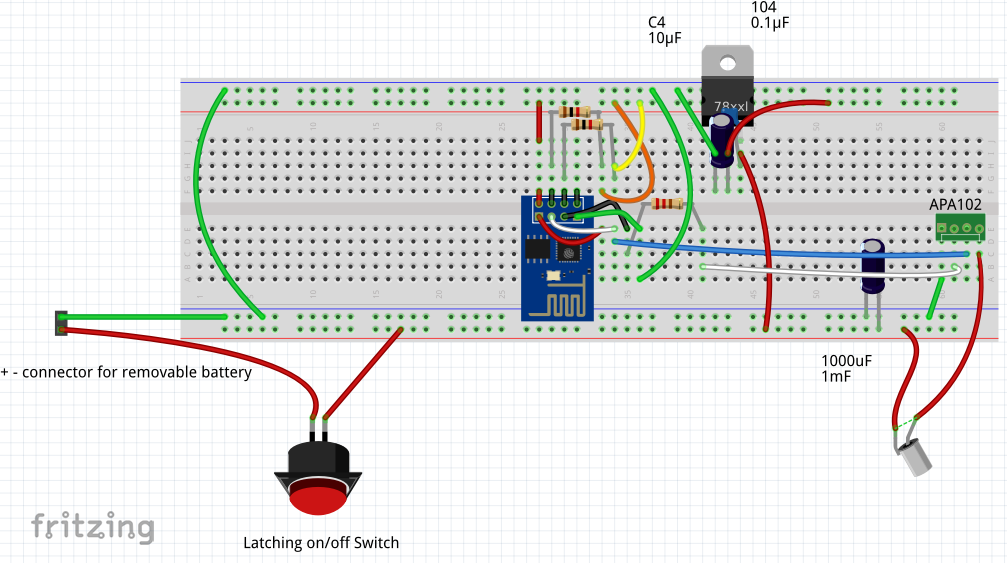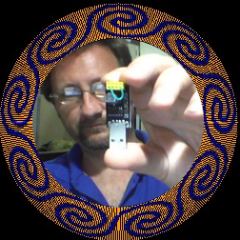So, my Smart Poi are battery powered, of course. I chose AAA NIMH batteries in a pack of 4 for this originally as this provides around 5 volts of power for the LED strip, and I have a voltage regulator to turn that into 3.3 volts for the ESP8266. Originally I got the batteries with tags on and had them soldered together into a battery pack (by a pro) and added a jack input for the charger. Nothing lasts forever, and after almost two years of use I find my battery packs are degraded to the point that they don’t power the poi anymore.
The simple solution would be to get some more packs made and simply replace the old ones, however I have found myself in situations where the one hour (big poi) or two hours (small poi) is simply not enough time. While they are charging the poi are not earning me money, so the plan now is to take the same batteries and make them replaceable. I found a cheap spring loaded plastic battery holder which fits inside the poi housing, so a simple jtag connector (molex whatever you want to call it, I am getting the cheapest one) will give me hours more poi spinning time, which means more money of course!
In addition, I am going to be adding a tilt switch to the LED strip power line, so while the poi are held upside down the strip will be off, but the controller will still be on, and connected to the Android app. This will save power significantly during down time (walking from one area to another for example).

Simple improvements, but with a major impact on my performance.
Now to get onto improving the code I promised to release as open source! A hard task but it’s coming.
